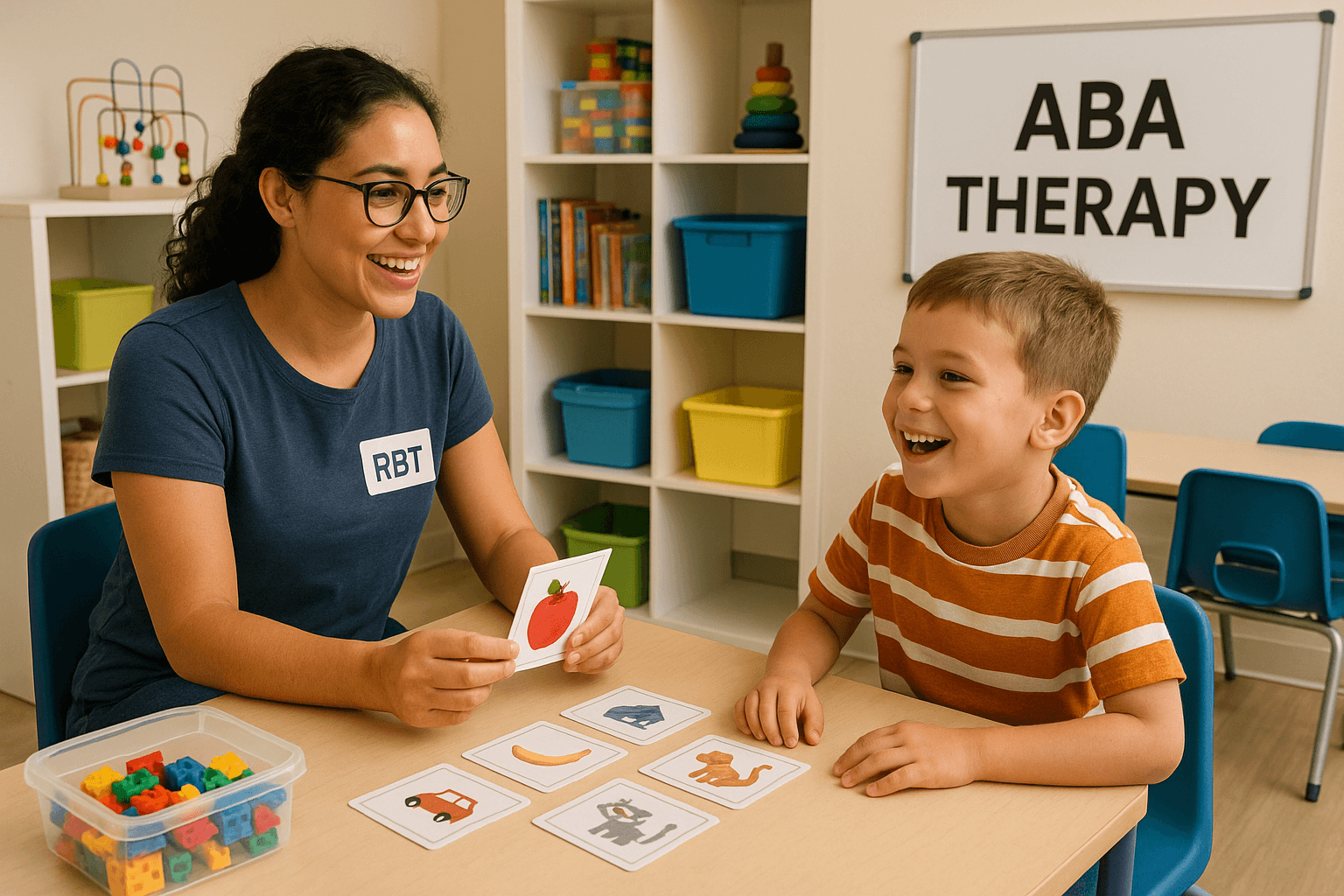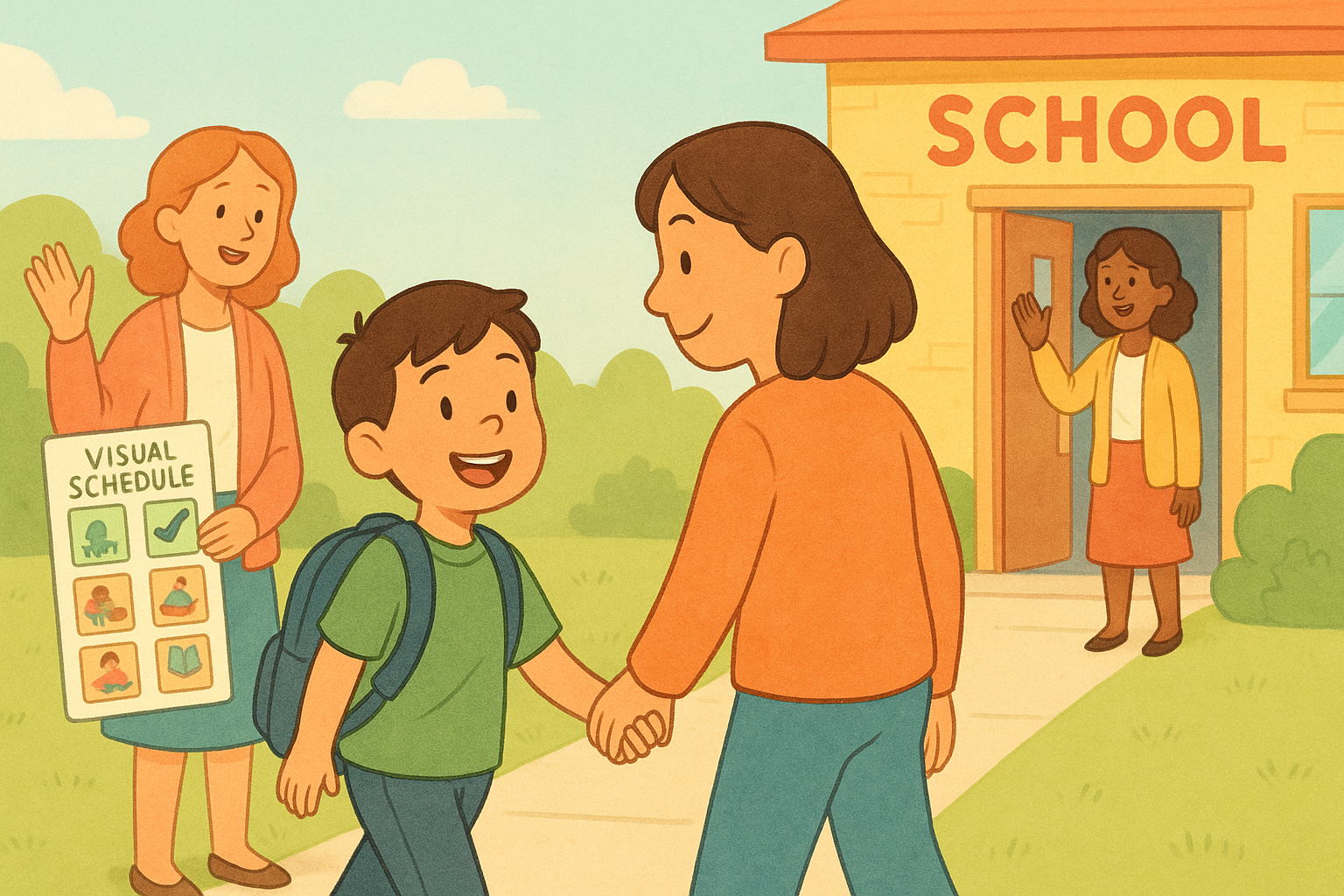How to Know if Your Child Needs ABA Therapy
How to Know if Your Child Needs ABA Therapy
As parents, it’s natural to wonder whether your child’s development is on track—especially when you notice challenges in communication, behavior, or social interaction. For many families, these questions lead to discovering Applied Behavior Analysis (ABA) therapy, a proven approach that helps children with autism and other developmental delays learn essential life skills.
If you’ve ever asked yourself “Does my child need ABA therapy?”, this guide will help you recognize the signs, understand what ABA involves, and take the next steps with confidence.
What Is ABA Therapy?
Applied Behavior Analysis (ABA) is a scientific, evidence-based approach that focuses on understanding and improving behavior. In ABA, therapists use positive reinforcement and data-driven techniques to help children build meaningful skills in areas such as communication, social interaction, self-care, and learning.
Every child’s program is personalized. For example, one child may work on developing language and play skills, while another may focus on reducing tantrums or increasing independence with daily routines. ABA therapy meets children where they are and helps them move forward step by step.
Signs Your Child Might Benefit from ABA Therapy
Every child develops at their own pace—but certain patterns can indicate that extra support may be beneficial. The signs below don’t automatically mean your child has autism; they simply suggest it may be time to explore an evaluation.
1. Communication Challenges
- Limited or no speech
- Difficulty expressing wants and needs
- Trouble following directions or understanding language
- Repeating words or phrases (echolalia) without meaningful use
2. Social Difficulties
- Avoids eye contact or social interaction
- Prefers playing alone or seems unaware of others
- Doesn’t respond to their name
- Struggles to share, take turns, or engage in back-and-forth play
3. Behavioral Concerns
- Frequent meltdowns or tantrums, especially when routines change
- Repetitive behaviors (like rocking, spinning, or hand-flapping)
- Intense focus on specific objects or topics
- Difficulty calming down once upset
4. Learning and Daily Living Skills
- Trouble with transitions or following a routine
- Delays in toilet training, dressing, or eating independently
- Difficulty focusing during structured activities or at school
- Limited imitation or pretend play skills
Recognizing these signs early allows families to access the right kind of support before challenges become bigger obstacles.
When to Consider a Professional Evaluation
You don’t need to wait for an official autism diagnosis to seek help. Many families start ABA therapy simply because they notice delays in language, social interaction, or behavior regulation.
If your child’s developmental milestones seem behind, or if daily routines feel increasingly stressful for your family, consider talking with your pediatrician or requesting a developmental or behavioral evaluation. Early intervention—ideally before age five—can have a lasting positive impact on your child’s growth and independence.
What Happens During an ABA Assessment
An ABA assessment is the first step in understanding your child’s strengths, challenges, and learning style. During this process, a Board Certified Behavior Analyst (BCBA) will:
- Observe your child in a natural or play-based setting.
- Collect information from you about your child’s history, routines, and behavior patterns.
- Assess key skill areas such as communication, socialization, and daily living.
- Develop a personalized treatment plan with specific, measurable goals.
Assessments are designed to be gentle and supportive. Many parents are relieved to find that their child enjoys the process—it feels more like structured play than a test.
Why Early ABA Therapy Matters
Research consistently shows that early, consistent ABA therapy can significantly improve a child’s ability to communicate, learn, and engage with the world. By reinforcing positive behaviors and teaching new skills, children gain confidence and independence that carry into school and home life.
The earlier a child begins therapy, the more time they have to build a strong foundation for lifelong learning and social success.
Next Steps for Families
If you’ve recognized some of the signs mentioned above, the next step is reaching out to an ABA therapy provider for a consultation. During your first conversation, you can discuss your child’s needs, ask questions about insurance coverage, and learn how therapy can fit into your family’s schedule.
Remember—seeking help doesn’t mean something is wrong with your child. It means you’re giving them tools and guidance to reach their potential and thrive in their own unique way.
💡 Tip: The earlier you start, the greater the long-term impact ABA therapy can have.
Related Reading
If you found this post helpful, you may also like our guide on What to Expect During Your Child’s First ABA Therapy Session. It walks you through what happens during the first appointment and how to prepare your child for success.
Conclusion
Recognizing that your child may need extra support is one of the most caring steps a parent can take. Whether your child struggles with communication, behavior, or daily routines, ABA therapy offers structured, compassionate strategies to help them grow.
You don’t have to navigate this journey alone—experienced professionals can guide your family toward understanding, progress, and hope.











